Like with everything, practice makes excellent! Underwater photography is just the same. No matter if you have the latest gadget or not if you aren’t practicing your skills the photos can still come out average.
Practicing your skills in Cuba is a fantastic opportunity to master your craft, because diving conditions here are great. There are no dangerous currents, the water temperature is great all year around and visibility is outstanding. You also have a caried range of subjects to capture through your camera lens, vibrant corals, curious marine life that like to come up close to see what you are doing, shipwrecks and more.
Now let’s look at how you can best snap that great picture in the Caribbean sea.
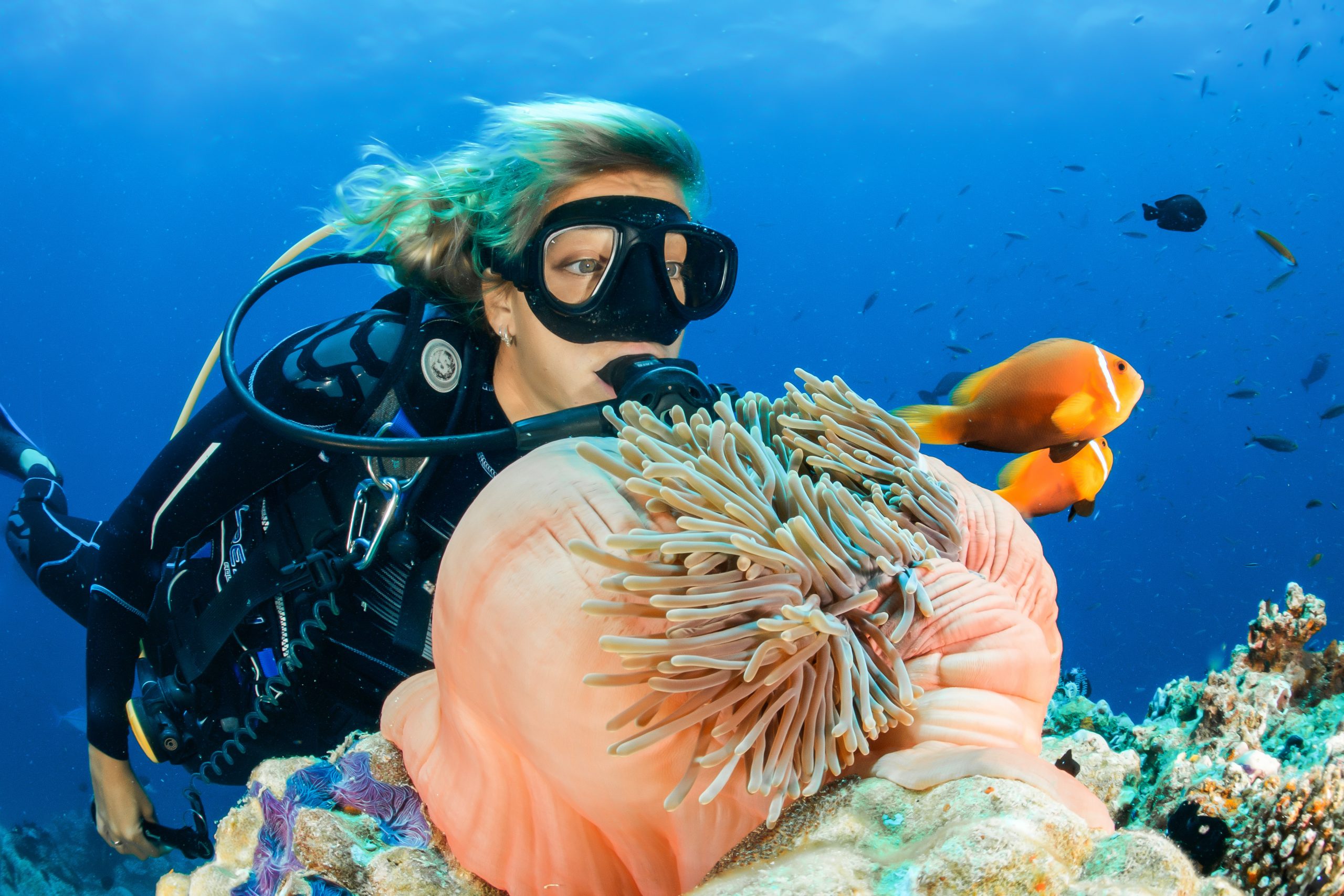
Take time to prepare
Firstly you have to consider the equipment you want to take with you on your diving tour. You don’t want to have to lug everything with you. So which is the best piece of equipment for you. One you know well, is light and easy to operate and gives you great pictures. Pick that one! Keep it simple.
Secondly ensure that you have insurance to cover your items because you will in some instances have to take it half-way around the world, better ensure it’s protected.
And thirdly, check your equipment. Doesn’t matter if it is new or old, pay particular attention to the seals, which need to be checked before each outing, especially the seal of the rear opening. No need to lubricate the seals before each outing, since excess lubricant can actually negatively affect the watertightness due to it collecting dust and sand.
Whether you dive from the shore or a boat, the choice of a transport box is crucial. Choose a modest-sized box so that you can easily put it under cover on the boat (often under the racks provided for the tanks). On the beach, the box will have to provide better protection against sand getting in and damaging your equipment.
Most importantly, prepare well before your travel and prepare your equipment before each dive. There’s nothing more stressful than worrying about water getting into your equipment on the first dive, leaving your memory card at home or finding you have a flat battery.
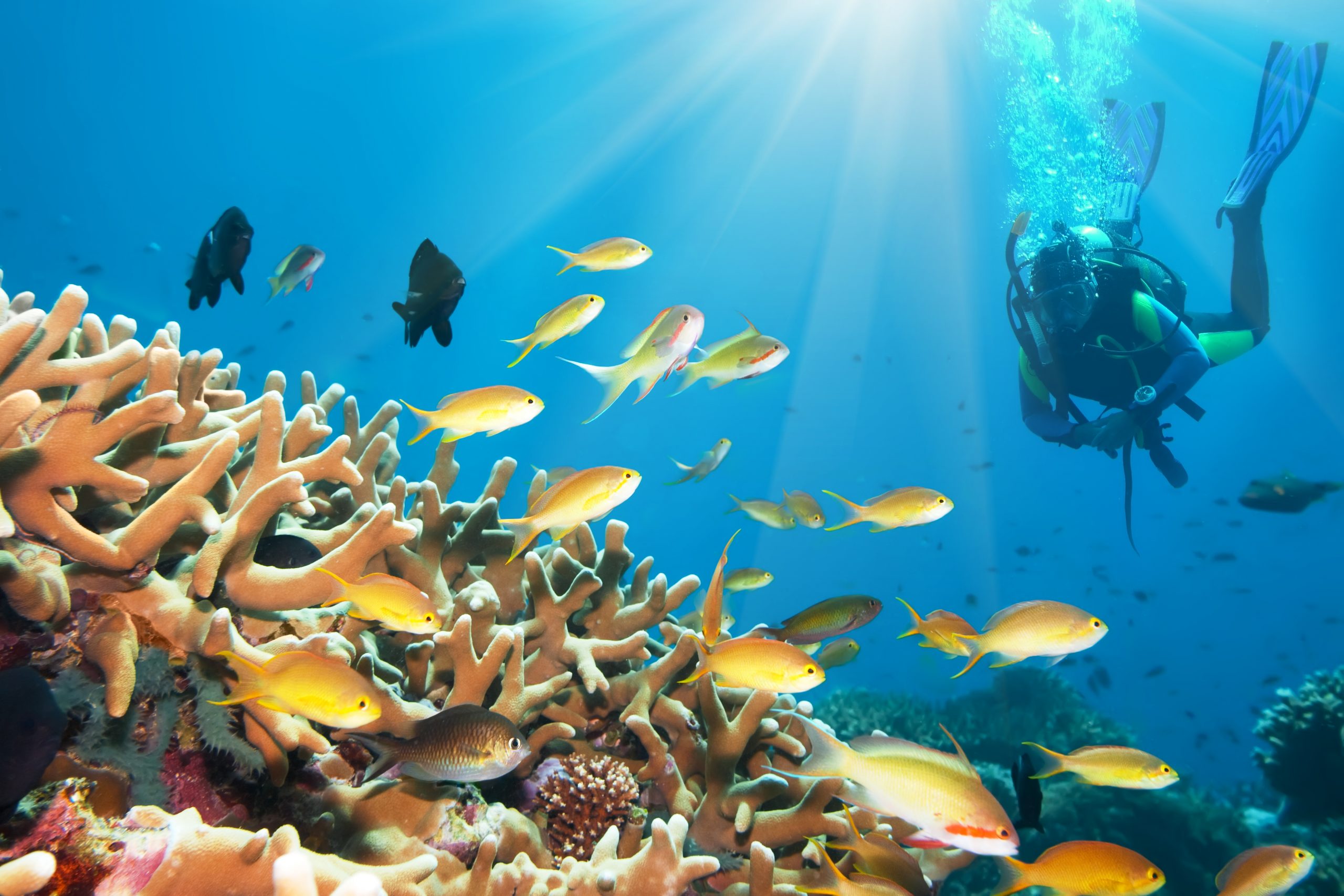
Consider the composition
It’s never ideal shooting from the hips. Underwater photography is no different. Take your time to consider what you are going to take a picture of. If you are in a coral reef, focus on one element rather than trying to capture the whole thing in one photo. Remember: there’s no good picture without a good subject. It must capture the eye at first glance.
Other things you can consider is to shoot up toward your subject rather than down at it. Avoid centering every subject, always try several angles. Another simple method is to try using the rule of thirds. This is a technique that teaches you to mentally separate the image you want into 9 equal squares. Place key points of the subject along the lines or their intersections to achieve a well-blended, balanced photograph that creates tension and interest.
And if the picture didn’t quite turned out as you hoped, there’s always a chance that post-production can help you achieve a great outcome.
Try to shoot vertical
It’s perfect for Instagram! But that is not the only reason why you should try shooting vertically underwater. Portrait pictures can make your composition stronger as it adds depth to your image by showing the seafloor and the water surface simultaneously.
If you are considering selling your images for editorial use this orientation can also be more desired as it gives room for text to be added. Just imagine seeing your next shot at the front cover of National Geographic!
Try to shoot split shots
Are you trying to tell a story with your picture? One with half above water and half under it shows two sides to the same story, it can be extremely powerful way to create the perfect picture. There are a few things to consider,
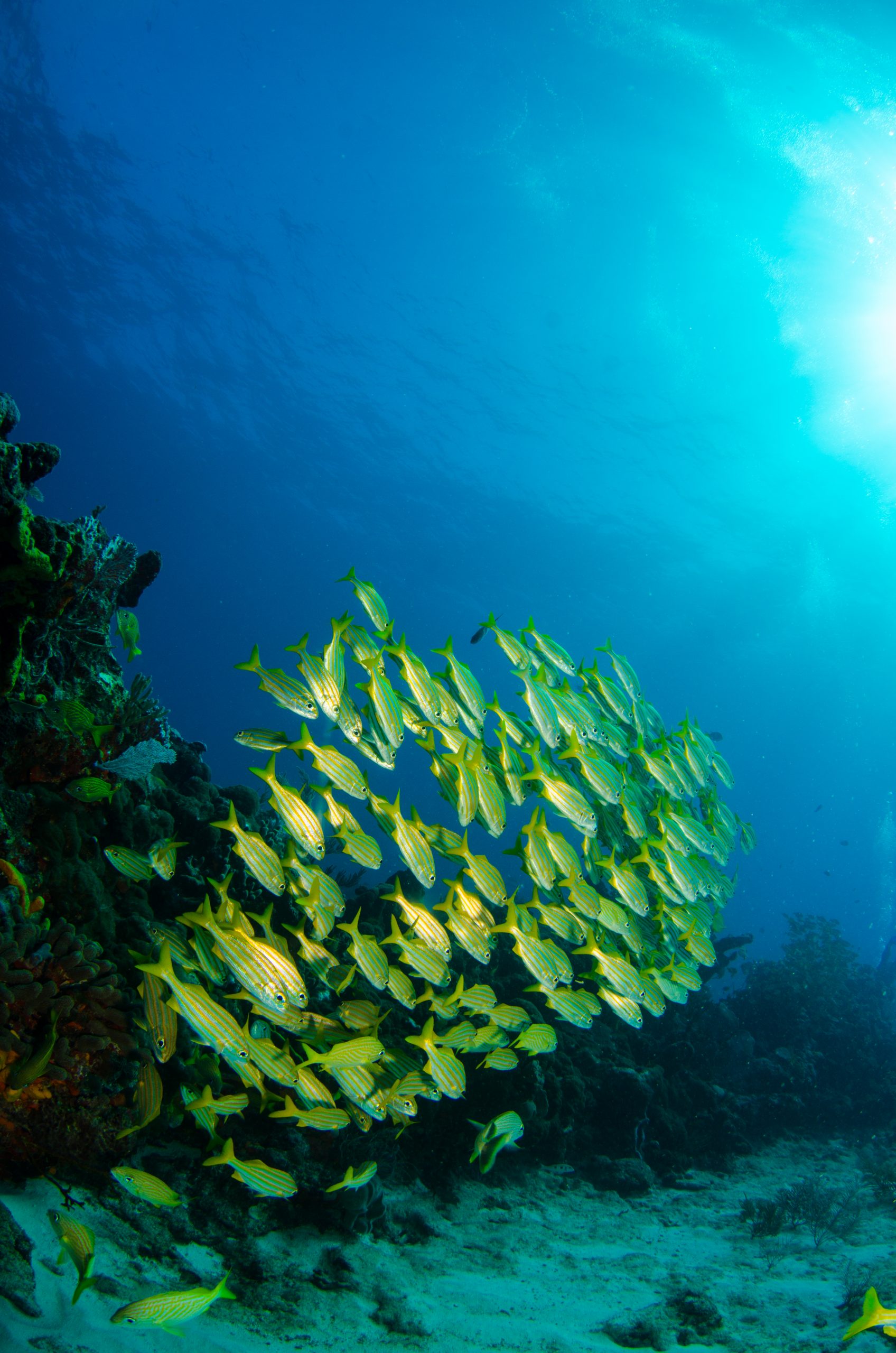
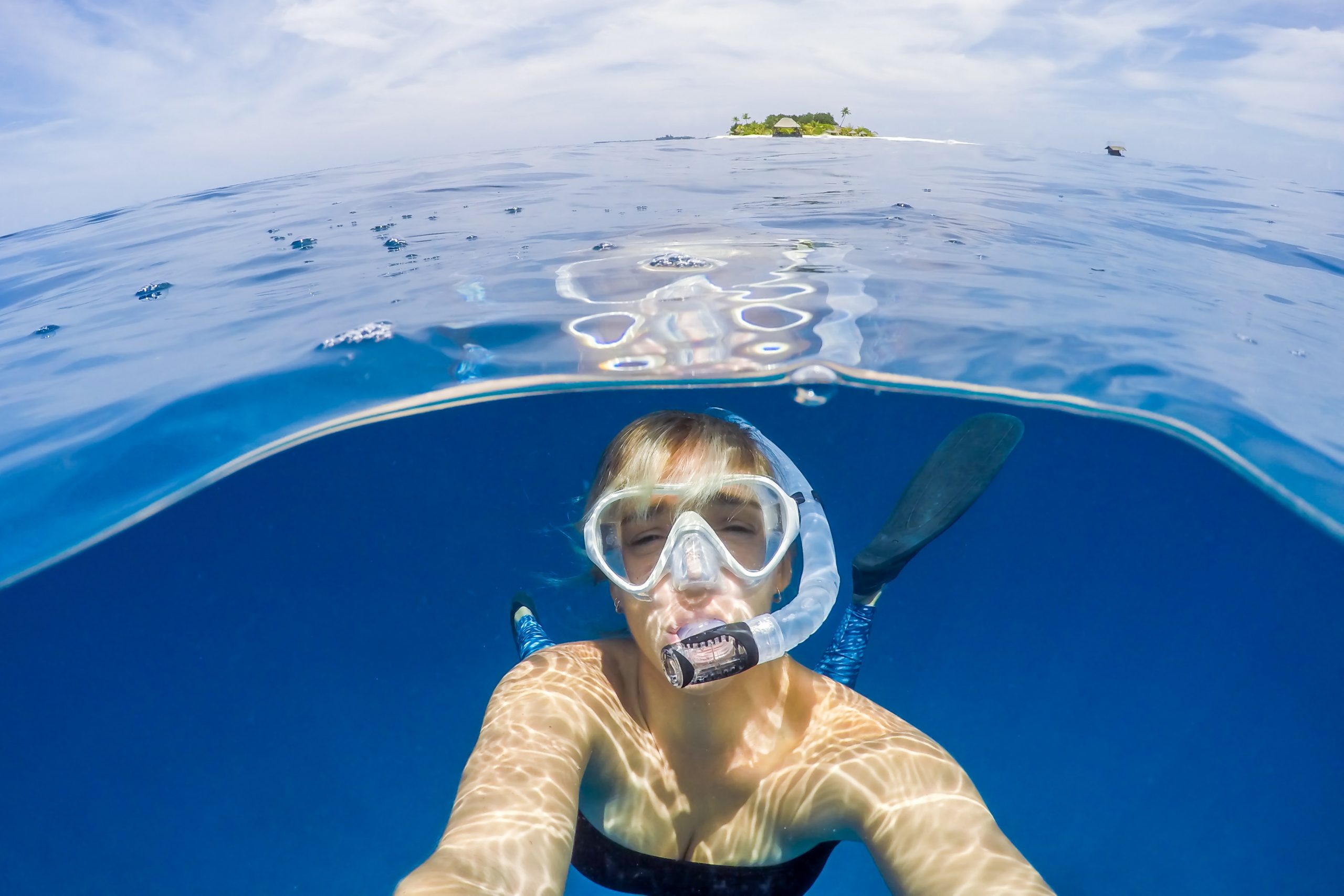
keeping your camera level as you are trying to capture the perfect moment. The other is choosing your focus point.
Normally these pictures are telling the story of what is going on below the water level, thus your focus point should normally be in the lower half of the image, pulling the viewer’s eye to a certain element of your underwater scene.
Good thing is, that when you are attempting this technique in Cuba you are met with calm seas, making it the perfect location to shoot these kind of images with a smooth waterline.
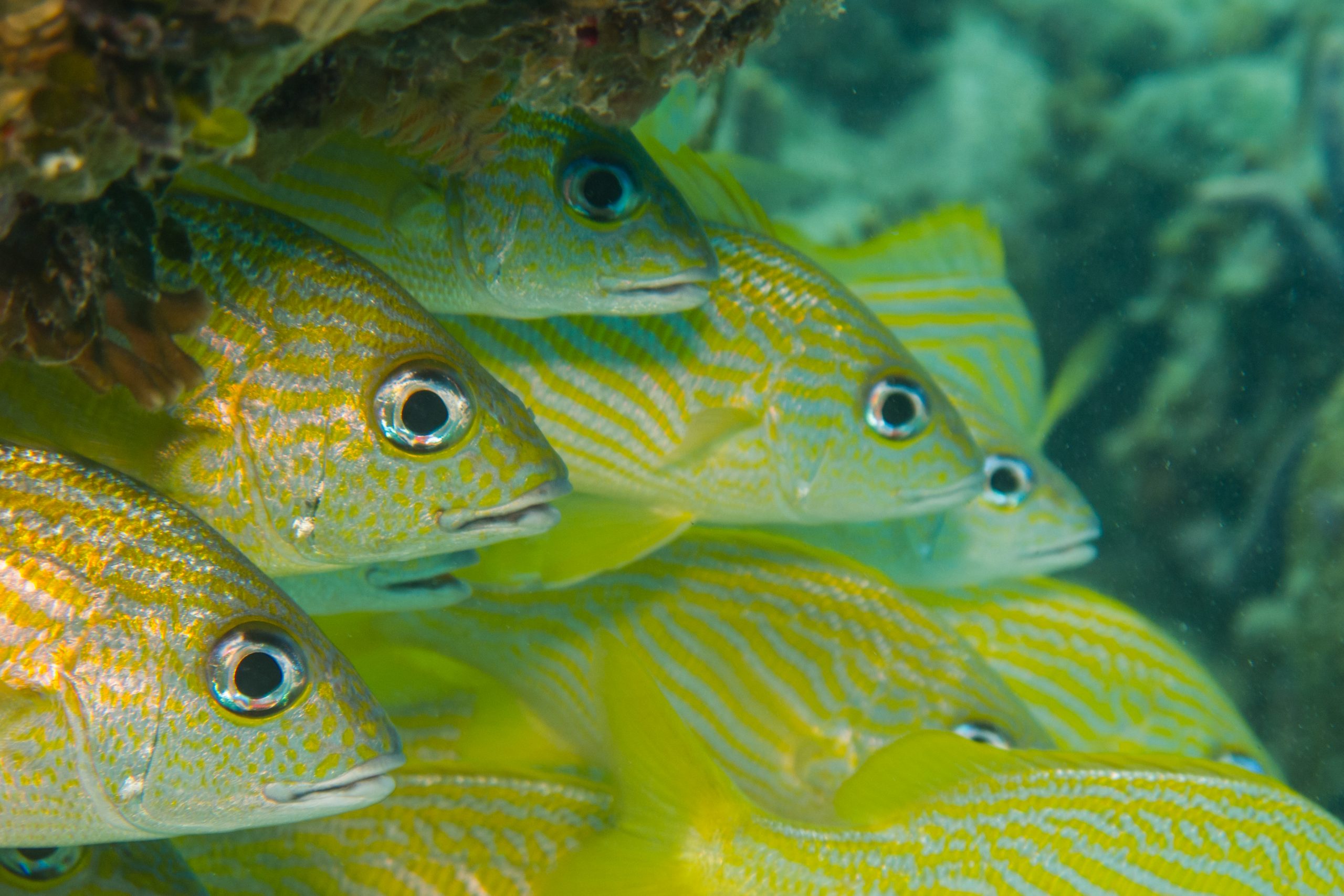
Get close
We all know that trick where you go to pick up the coin in the water to find it’s not where you thought it was! This is due to the refraction of the water, and the same happens when you are trying to take pictures underwater, your subject may look closer than it actually is. Don’t be tricked by this illusion, try to get as close as physically possible.
Now the good thing when diving in Cuba is that marine life here are not yet frightened, and tend to get curious about humans in the water so they come up to say hi. Stay calm, move slowly, taking care not to disturb your surroundings. Remember, they are more scared of bubbles than you, so patience, controlled breathing and gentle movements will help you to get as close as possible to your subject.
With autofocus settings in macro photography, the camera may have a tendency to zoom in and out of focus trying to find your subject, but by getting close, letting your subject fill the frame, you should manage to avoid this searching motion.
There are several ways to take your underwater photos up a notch. If you’re feeling stuck, these five simple tips should help get you back on track and taking amazing pictures that will wow friends and family. Best of all, our team of experts is waiting for you in Cuba! Join our Simply Cuba Scuba Photography tour today to see the best of what this beautiful country has to offer with expert guidance from some of the world’s top photographers who know exactly how to capture it. Don’t miss out because there’s so much more than just diving here – we can show off everything great about this destination while making sure your camera never stops clicking away at breathtaking shots like these ones.


